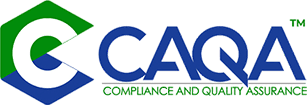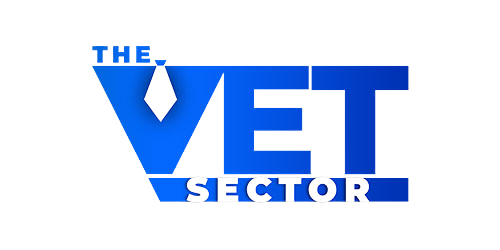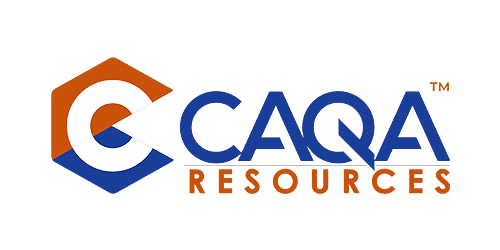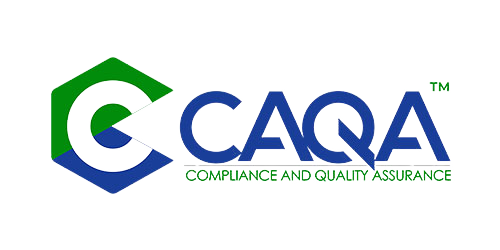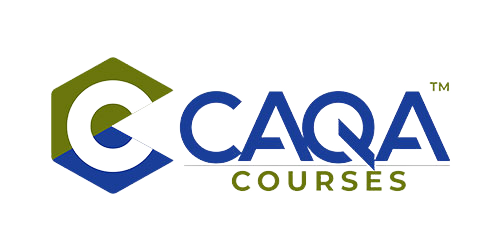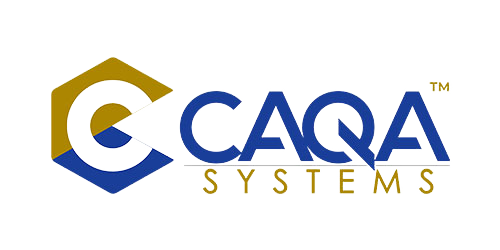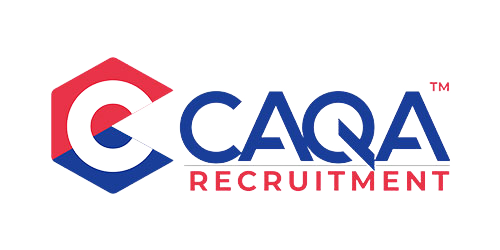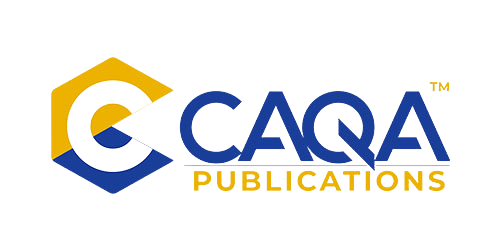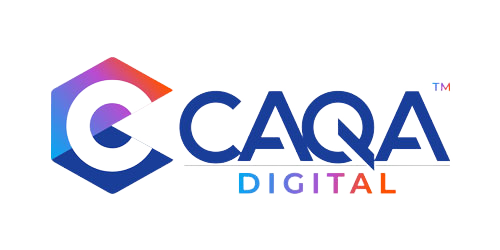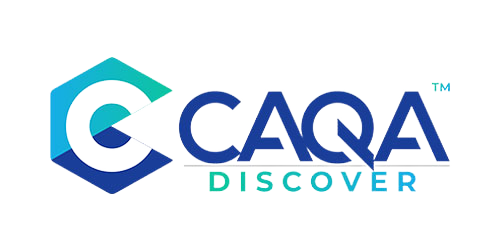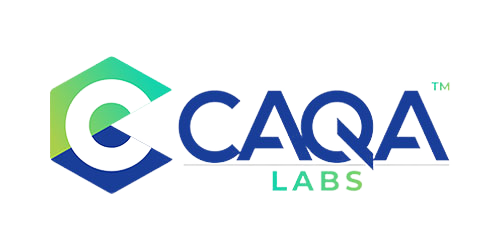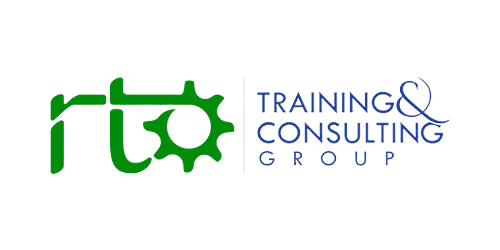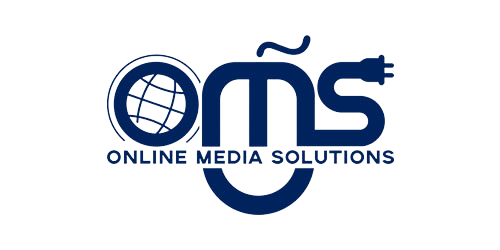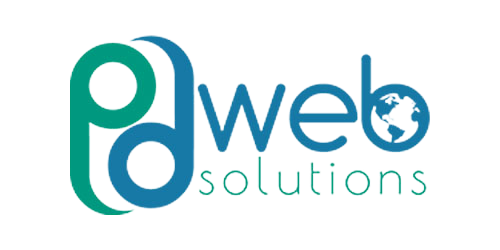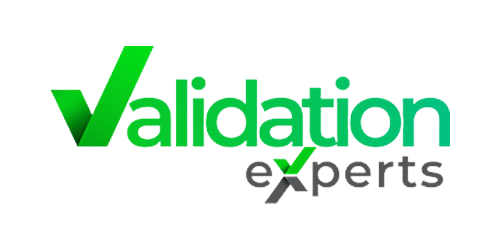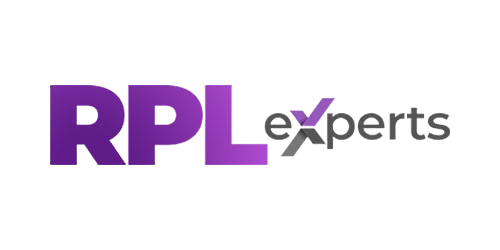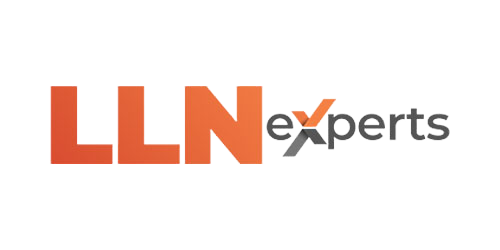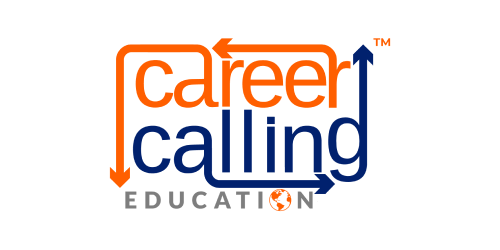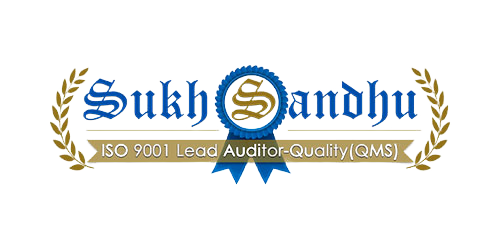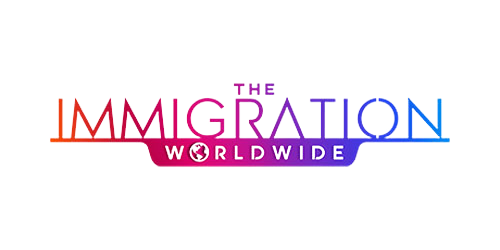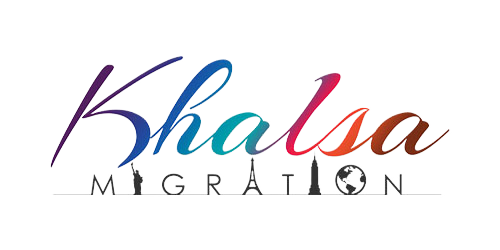Understanding Copyright Responsibilities in Australia's Regulated VET Sector
Australia's vocational education and training (VET) sector is one of the most tightly regulated industries, subjecting Registered Training Organisations (RTOs) to rigorous oversight. The level of scrutiny depends on several factors, including interstate operations, the presence of international student programs, involvement in government funding, high-risk courses on the scope and the delivery method—whether online, in-person, workplace-based, or classroom-based. While compliance requirements typically focus on training delivery, assessment integrity, and administrative processes, copyright compliance represents an equally important but often overlooked regulatory obligation that affects day-to-day operations across all RTOs.
The effective delivery of high-quality vocational training inevitably relies on diverse educational resources—textbooks, industry journals, newspaper articles, digital content, videos, images, and online materials—all of which are likely protected by copyright. Navigating the legal use of these materials can be complex, yet failure to do so creates significant organisational risk. ASQA, VRQA, and TAC all expect RTOs to maintain comprehensive compliance with relevant legislation, including the Copyright Act 1968 (Cth), as part of their broader regulatory obligations.
This article examines several essential copyright considerations for RTOs operating under any regulatory jurisdiction, exploring how proper management of copyright materials interfaces with broader compliance requirements, quality assurance processes, and risk management strategies.
Legislative and regulatory requirements
In Australia, Registered Training Organisations (RTOs) must comply with copyright legislation as outlined in the Copyright Act 1968. This law protects original works, including literary, artistic, musical, and dramatic works, as well as sound recordings, films, broadcasts, and published editions.
Key Responsibilities of RTOs
-
Content Oversight: RTOs must monitor all materials used in courses to ensure they respect copyright. This includes reviewing new course content for potential copyright issues.
-
Staff Training: Educators should be well-informed about copyright basics and nuances to avoid unintentional infringement.
-
Licence Management: RTOs need to manage licences for using copyrighted materials. This includes obtaining specific permissions or using blanket licences like the Statutory Education Licence (SEL).
Copyright exceptions and licences play a crucial role in balancing the rights of creators with the needs of users, particularly in educational settings. Fair Dealing Exceptions are provisions under the Australian Copyright Act 1968 that allow individuals to use copyrighted materials without permission for specific purposes such as research, study, criticism, or news reporting. These exceptions are designed to facilitate socially beneficial activities while respecting the rights of copyright holders. For instance, students and researchers can copy limited portions of works for personal study or research, provided the use is deemed fair and reasonable.
In educational settings, certain content can be used without infringing copyright, thanks to specific conditions and licences. The Statutory Education Licence, managed by the Copyright Agency, enables educators to copy, adapt, and share text and images for internal educational purposes, provided their institution is covered by fair compensation arrangements. This licence simplifies the process of using copyrighted materials in classrooms, allowing educators to focus on teaching rather than navigating complex copyright permissions.
Common Licences offer additional flexibility for using copyrighted materials. Creative Commons Licences provide a range of permissions, from allowing commercial use and adaptations to restricting use to non-commercial purposes. Education Licences, such as the Statutory Education Licence, are tailored for educational institutions, allowing them to use copyrighted materials without needing individual permissions. Public Performance Licences, managed by organisations like APRA AMCOS and PPCA, are necessary for the public performance of music, ensuring that creators receive fair compensation. Lastly, Photocopying Licences permit the reproduction of printed materials, often used in educational contexts to facilitate learning resources. These licences ensure that while respecting copyright, educational activities can proceed efficiently and legally.
You can read more information about this at What is the Statutory Education Licence? – Copyright Agency
Understanding When Permission or a Licence Is Required
The fundamental principle underlying copyright in Australia is that most works are automatically protected from the moment of creation, with protection typically lasting for the life of the creator plus 70 years. This protection applies regardless of whether the creator has registered the work, applied a copyright notice, or formally published the material. For RTOs, this means that copying, distributing, or displaying text, images, graphics, or multimedia without permission generally constitutes copyright infringement.
While Australian copyright law includes limited exceptions for personal research or study (allowing individuals to copy small portions of work for private purposes), these provisions typically don't extend to educational institutions in ways that cover their comprehensive teaching needs. ASQA, VRQA, and TAC all expect RTOs to demonstrate proper governance and compliance with applicable legislation, meaning systematic copyright violations could potentially impact an RTO's regulatory standing and registration.
RTOs have two primary pathways to legally use copyright material:
-
Direct permission: Obtaining explicit authorisation from the copyright owner for specific uses of their material. This approach requires identifying the correct rights holder, negotiating terms, documenting permission, and often paying licensing fees—a potentially time-consuming process for individual resources.
-
Statutory education licences: Operating under collective licencing schemes established by the Copyright Act and administered by authorised collecting societies. These "blanket" licences provide broad coverage for educational uses while ensuring creators receive compensation.
It's important to note that even using small portions of copyright material may require permission if that portion represents an essential or integral part of the original work. For example, copying a key diagram from a textbook, even if it's just one page from a 300-page book, could constitute infringement without proper permission or licence coverage.
Recognising That Internet Content Isn't Automatically Free to Use
A persistent misconception in educational settings is that online content is inherently free to use for training purposes. This misunderstanding creates a particular risk for RTOs, where trainers and assessors frequently incorporate web-based resources into their teaching materials. All three regulatory bodies—ASQA, VRQA, and TAC—include expectations around information management and intellectual property within their compliance frameworks, making this area particularly important for regulatory compliance.
Copyright protection applies equally to online and offline content, covering websites, blogs, social media posts, online journals, digital images, and multimedia resources. Most commercial websites specify terms of use that explicitly restrict the reproduction and distribution of their content, but even in the absence of such terms, the default position is that content remains protected by copyright.
For RTOs, this means several practical considerations:
-
Material found through Google searches, industry websites, or social media platforms is not automatically available for inclusion in training materials.
-
Screenshots, copy-pasted text, or downloaded images from websites generally require permission or licence coverage before being incorporated into learning resources.
-
Free resources still have copyright owners, and "free to access" does not equate to "free to reproduce or distribute."
ASQA's Standards for RTOs 2015, VRQA's Guidelines for VET Providers, and TAC's requirements all emphasise the importance of accurate and current learning resources that comply with relevant legislation. Unauthorised use of online content risks not only copyright infringement but also potential regulatory non-compliance if systematic issues are identified during audit processes.
Understanding That Crediting Sources Isn't Sufficient for Compliance
Many educators and training developers mistakenly believe that properly citing or attributing sources is sufficient to satisfy copyright requirements. While attribution is important and necessary, it addresses only one aspect of creator rights and does not eliminate the need for permission or licences for copying and distribution.
Australia's copyright framework includes both economic rights (controlling reproduction, publication, and communication of works) and moral rights (proper attribution, protection against false attribution, and protection against derogatory treatment). Properly crediting sources addresses only the attribution component of moral rights while leaving economic rights entirely unaddressed.
For RTOs operating under ASQA, VRQA, or TAC regulation, this creates a significant compliance consideration. Training materials that meticulously cite sources but lack appropriate permissions or licence coverage still potentially violate copyright law. During regulatory audits, particularly those examining learning resources and intellectual property management, this distinction becomes important.
Best practices for RTOs include:
-
Maintaining proper attribution for all materials used in training resources
-
Ensuring appropriate permission or licence coverage exists for all copied materials
-
Recognising that attribution and permission are separate requirements, both of which must be satisfied
-
Establishing clear policies that prevent the mistaken belief that citation alone is sufficient
This approach aligns with the broader quality assurance expectations embedded in the regulatory frameworks of all three VET regulators, which emphasise proper governance, risk management, and compliance with applicable legislation.
Recognising Organisational Accountability for Copyright Compliance
A critical consideration for RTOs is that copyright compliance responsibility ultimately rests with the organisation rather than individual trainers or resource developers. This organisational accountability aligns with the approach taken by ASQA, VRQA, and TAC toward compliance generally—holding the RTO as an entity responsible for the actions of its staff, contractors, and partners.
In practical terms, this means RTOs must:
-
Establish clear policies and procedures for copyright compliance that align with broader regulatory obligations
-
Provide adequate training to all staff, particularly trainers, assessors, and resource developers, regarding copyright requirements
-
Implement monitoring systems to ensure compliance across all aspects of resource development and training delivery
-
Maintain proper documentation of permissions, licences, and compliance activities that would satisfy regulatory scrutiny
Practical Compliance Steps
To ensure compliance with copyright laws, Registered Training Organisations (RTOs) must take several practical steps. Obtaining permission is crucial when there is any doubt about the use of a copyrighted work. This involves contacting the copyright owner directly to request permission, which helps avoid potential legal issues. By doing so, RTOs can ensure they are legally using materials and respecting the rights of creators.
Another important step is to Use Trusted Sources. Platforms like Creative Commons offer clear licensing terms, making it easier for RTOs to use copyrighted materials legally. These platforms provide a variety of licences that allow for different levels of use, from non-commercial to commercial, and often include provisions for sharing and adapting works. By opting for such trusted sources, RTOs can reduce the risk of copyright infringement.
Documenting Everything is also vital. RTOs should maintain detailed records of all permissions, licences, and communications related to copyrighted materials. This documentation serves as proof of compliance and can be invaluable in case of disputes or audits. Keeping accurate records helps ensure that all materials used are properly licensed and that the necessary permissions have been obtained.
Finally, Staying Informed is essential. The Australian Copyright Council provides valuable resources and updates on changes and nuances in copyright law. Regularly consulting with this council helps RTOs stay current with legal developments, ensuring they adapt their practices to comply with evolving regulations.
Consequences of Non-Compliance
Non-compliance with copyright laws can have serious consequences for RTOs. Failure to adhere to copyright regulations can result in legal action, including both civil and criminal penalties. These penalties can be severe and may include fines or even prosecution. Moreover, non-compliance can damage an RTO's reputation and potentially jeopardise its registration. Maintaining compliance is crucial not only to avoid legal repercussions but also to uphold the integrity and credibility of the institution. By following practical compliance steps and staying informed about copyright laws, RTOs can protect themselves and ensure they continue to operate legally and ethically.
This organisational responsibility extends to casual educators, contracted resource developers, and third-party providers delivering training on the RTO's behalf. Under the regulatory frameworks of ASQA, VRQA, and TAC, RTOs cannot delegate their compliance obligations, creating a significant incentive to implement systematic approaches to copyright management.
Many RTOs address this challenge by investing in comprehensive "blanket" licences that cover the entire organisation and provide trainers with immediate access to a wide range of resources without requiring case-by-case permission. This approach aligns with the risk management expectations embedded in all three regulatory frameworks, providing systematic protection rather than relying on individual compliance actions.
Understanding the Licensing Bodies and Their Relevance to RTO Operations
The Australian Government has established a structured system for educational copyright licencing, appointing specific organisations to manage collective licencing schemes that balance the needs of educational institutions with fair compensation for creators. This system provides RTOs with practical pathways to comprehensive copyright compliance that satisfy regulatory expectations.
Three key organisations manage the primary licencing schemes relevant to RTOs:
The Copyright Agency
Appointed by the Australian Government to manage the statutory education licence for text and images, the Copyright Agency provides licences that allow educational institutions to copy and share content from books, journals, newspapers, and websites for teaching purposes. For RTOs, this licence provides crucial coverage for:
-
Photocopying or scanning pages from textbooks and industry publications
-
Distributing digital copies of articles through learning management systems
-
Incorporating published images, diagrams, and charts into training materials
-
Using newspaper content for case studies and current industry examples
This licence is particularly relevant to satisfying the expectations of ASQA, VRQA, and TAC regarding current, relevant, and legally compliant learning resources. The Copyright Agency licence helps ensure that training materials can incorporate contemporary industry content while remaining legally compliant.
Screenrights
Appointed to manage the educational statutory licence for broadcast content, Screenrights enables educational institutions to copy and share television and radio programs for teaching purposes. For RTOs, this licence covers:
-
Recording documentaries, news programs, and other broadcasts for classroom use
-
Making digital copies of broadcast content available through learning platforms
-
Creating clips and excerpts from broadcast material for targeted learning activities
-
Maintaining libraries of recorded programs for ongoing educational use
This licence supports the use of contemporary, real-world examples in training, aligning with regulatory expectations for industry-relevant and engaging training delivery across all three regulatory jurisdictions.
APRA AMCOS
While not appointed under the statutory licence scheme, APRA AMCOS provides music licences that allow educational institutions to legally use music in various teaching contexts. For RTOs, these licences may cover:
-
Background music during practical training activities
-
Music included in presentations and multimedia resources
-
Performance of music during student activities or assessments
-
Music used in videos created for training purposes
Although perhaps less central to core training delivery than text and broadcast licences, music licences remain important for comprehensive compliance, particularly for RTOs delivering training in performing arts, events, hospitality, or other fields where music may feature prominently.
Aligning Copyright Compliance with Regulatory Expectations
For RTOs operating under ASQA, VRQA, or TAC regulation, effective copyright management represents an important component of broader compliance requirements. All three regulators expect RTOs to:
-
Operate in accordance with all relevant legislative and regulatory requirements
-
Maintain proper governance and risk management systems
-
Ensure the quality and legal compliance of all training and assessment resources
-
Implement systematic approaches to compliance rather than ad hoc solutions
Copyright compliance intersects with these expectations in several practical ways:
ASQA Requirements
Under the Standards for RTOs 2015, Standard 1 requires RTOs to provide quality training and assessment resources that are responsive to industry and learner needs. This implicitly requires these resources to be legally compliant, including proper copyright management. Furthermore, Standard 8 requires RTOs to comply with relevant legislation, regulations, and workplace policies and procedures—which includes copyright law.
During ASQA audits, evidence of systematic copyright compliance—through documented policies, appropriate licences, and staff training—can help demonstrate broader compliance with these Standards. Conversely, systematic copyright violations could potentially raise concerns about an RTO's governance and compliance culture.
VRQA Requirements
VRQA's Guidelines for VET Providers include expectations regarding proper information management and compliance with relevant legislation. Section 4.1 specifically requires RTOs to comply with relevant regulatory requirements and to implement proper risk management strategies—both of which encompass copyright compliance.
For Victorian RTOs under VRQA jurisdiction, demonstrating robust copyright management practices helps establish broader compliance with these Guidelines and the underlying legislative framework.
TAC Requirements
Western Australia's TAC applies the Standards for RTOs 2015 (with some local variations) and similarly expects RTOs to maintain compliance with all relevant legislation while providing quality training resources. TAC's focus on proper governance and systematic compliance aligns with the need for structured approaches to copyright management.
For WA RTOs under TAC regulation, copyright compliance forms part of the broader compliance ecosystem that demonstrates organisational capability and proper risk management.
Implementing Copyright Best Practices: A Practical Approach for RTOs
To satisfy both copyright requirements and regulatory expectations from ASQA, VRQA, or TAC, RTOs should consider implementing a comprehensive copyright management framework that includes:
-
Organisational policy development: Creating clear policies regarding copyright compliance, permissions requirements, and proper use of licensed materials.
-
Staff training programs: Ensuring all trainers, assessors, and resource developers understand copyright principles, organisational expectations, and the scope of available licences.
-
Licence acquisition and management: Obtaining appropriate blanket licences from the Copyright Agency, Screenrights, and APRA AMCOS to provide broad coverage for educational uses.
-
Resource development protocols: Implementing systematic approaches to checking copyright status, recording permissions, and ensuring attribution for all materials incorporated into training resources.
-
Audit and compliance checking: Periodically review training materials and classroom practices to ensure ongoing adherence to copyright requirements and licence conditions.
-
Documentation systems: Maintaining comprehensive records of licences, permissions, compliance activities, and staff training that would satisfy regulatory scrutiny during audit processes.
-
Integration with broader compliance frameworks: Ensuring copyright management aligns with and supports other regulatory compliance activities rather than operating in isolation.
This structured approach not only addresses copyright obligations but also supports the governance and compliance expectations embedded in the regulatory frameworks of ASQA, VRQA, and TAC. By treating copyright compliance as an integral component of overall regulatory obligations rather than a separate consideration, RTOs can strengthen their compliance position while minimising legal and operational risks.
Copyright as a Component of Quality Training Delivery
For RTOs operating in Australia's regulated VET sector, copyright compliance represents more than a legal technicality—it forms an essential component of quality training delivery, proper resource management, and organisational governance. Whether operating under ASQA, VRQA, or TAC regulation, RTOs must recognise that copyright considerations intersect with core regulatory obligations and quality assurance mechanisms.
By implementing systematic approaches to copyright management—including appropriate policies, staff training, licence acquisition, and documentation systems—RTOs can simultaneously address their legal obligations to content creators and their compliance responsibilities to regulatory bodies. This integrated approach supports the broader goal of delivering high-quality, legally compliant training that meets both learner needs and regulatory expectations.
As the VET sector continues to embrace digital delivery, online resources, and multimedia content, copyright considerations will only increase in importance. Forward-thinking RTOs recognise this trend and are establishing robust copyright frameworks that not only satisfy current requirements but also position them for ongoing compliance in an increasingly digital educational environment.
For organisational leaders, quality managers, and compliance officers within RTOs, copyright management deserves attention as a component of the broader compliance ecosystem—one that supports regulatory standing minimises organisational risk, and ensures that the valuable intellectual property of others is properly respected and utilised in the important work of vocational education and training.
